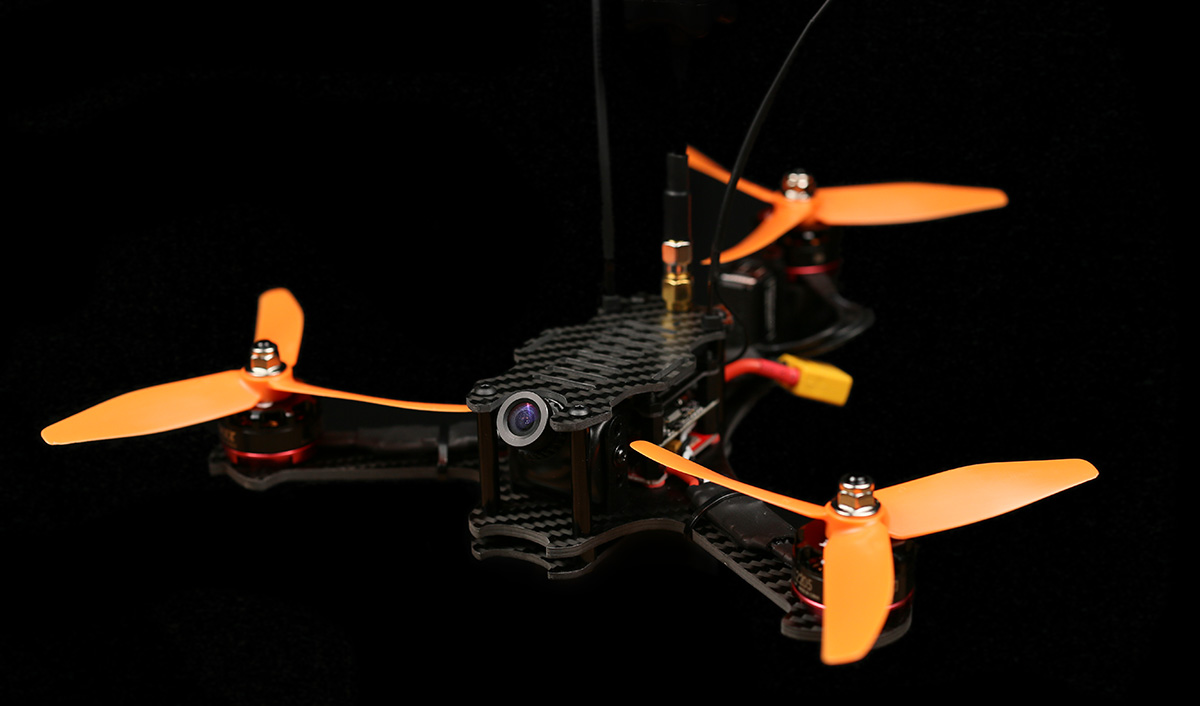I’m finally back from my travels and will now be able get started on the Baby Tricopter build and setup videos. But in the meantime to get the guys that already received theirs up in the air, here is a full build log of the Baby Tricopter.

The 100 picture log should contain most information that you’ll need to be able to go out and race like a maniac. Good luck on the build and happy flying!











































































































 The
The 



